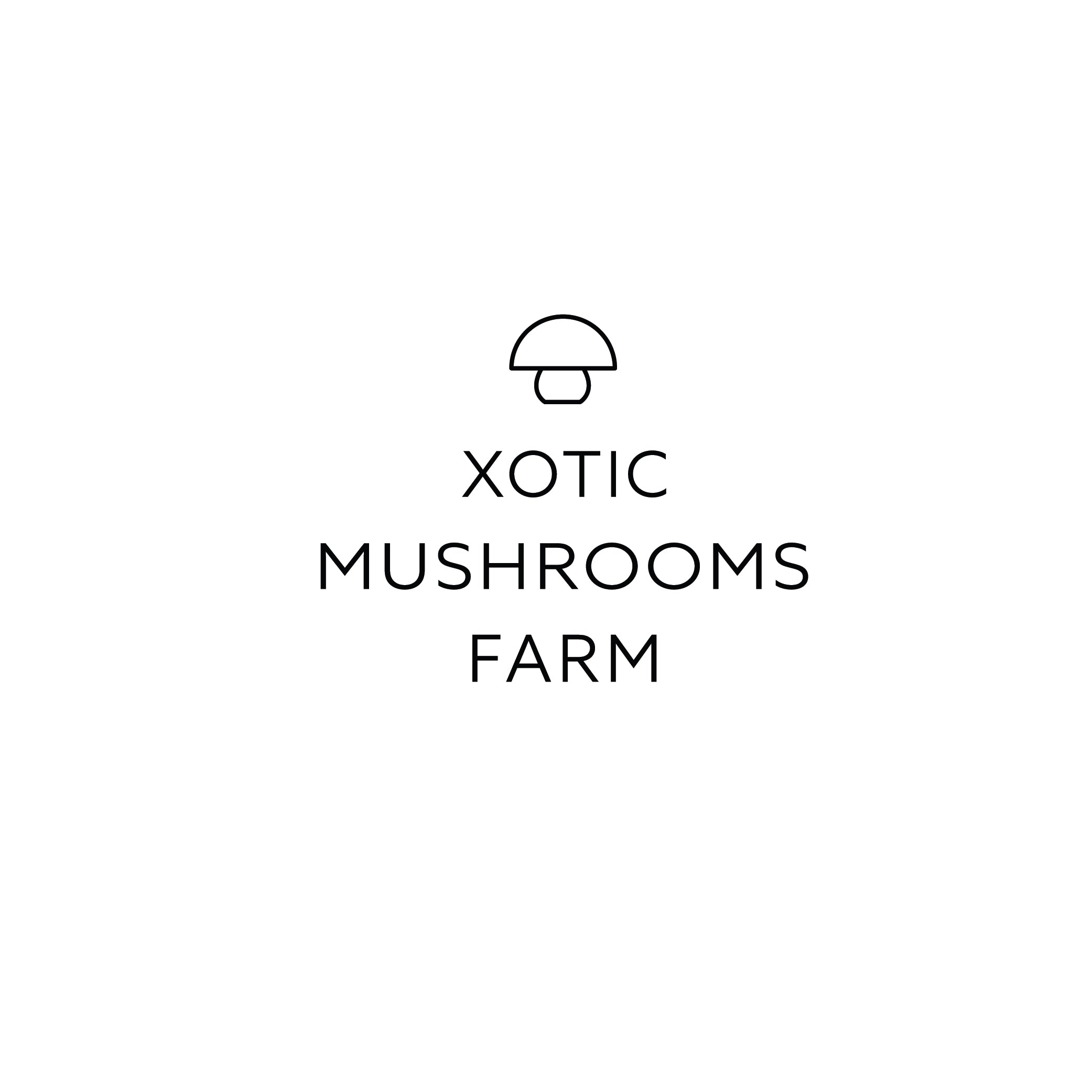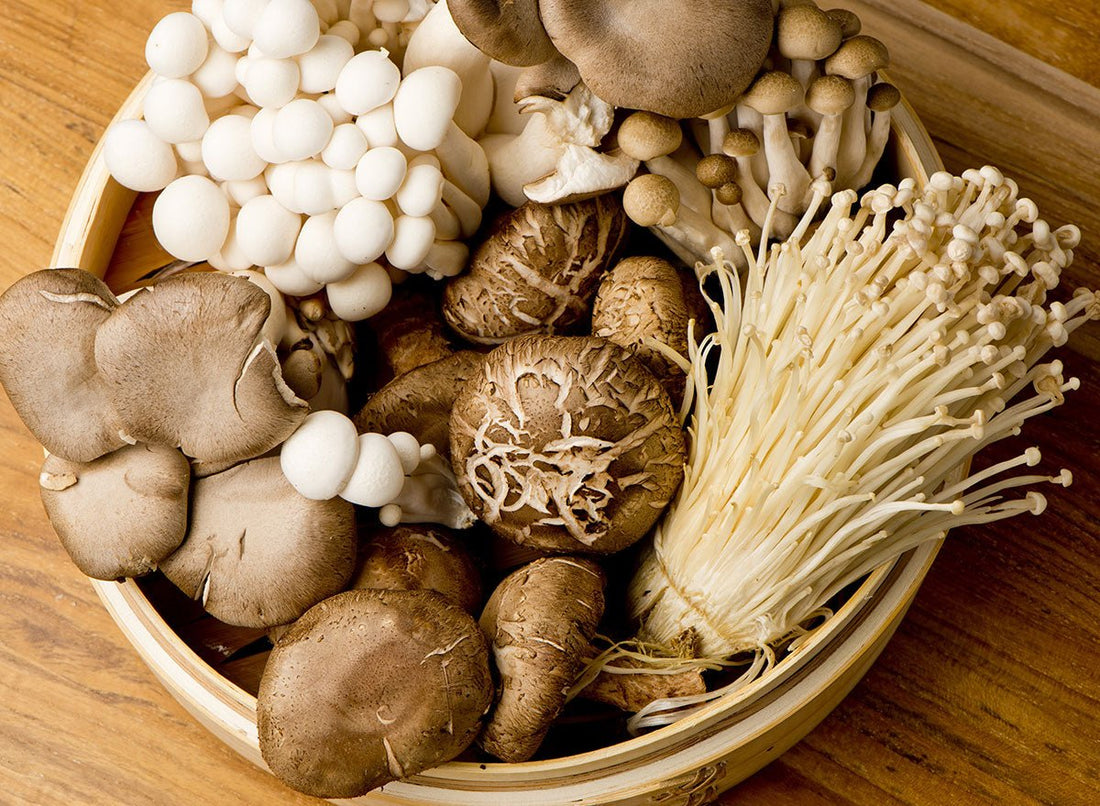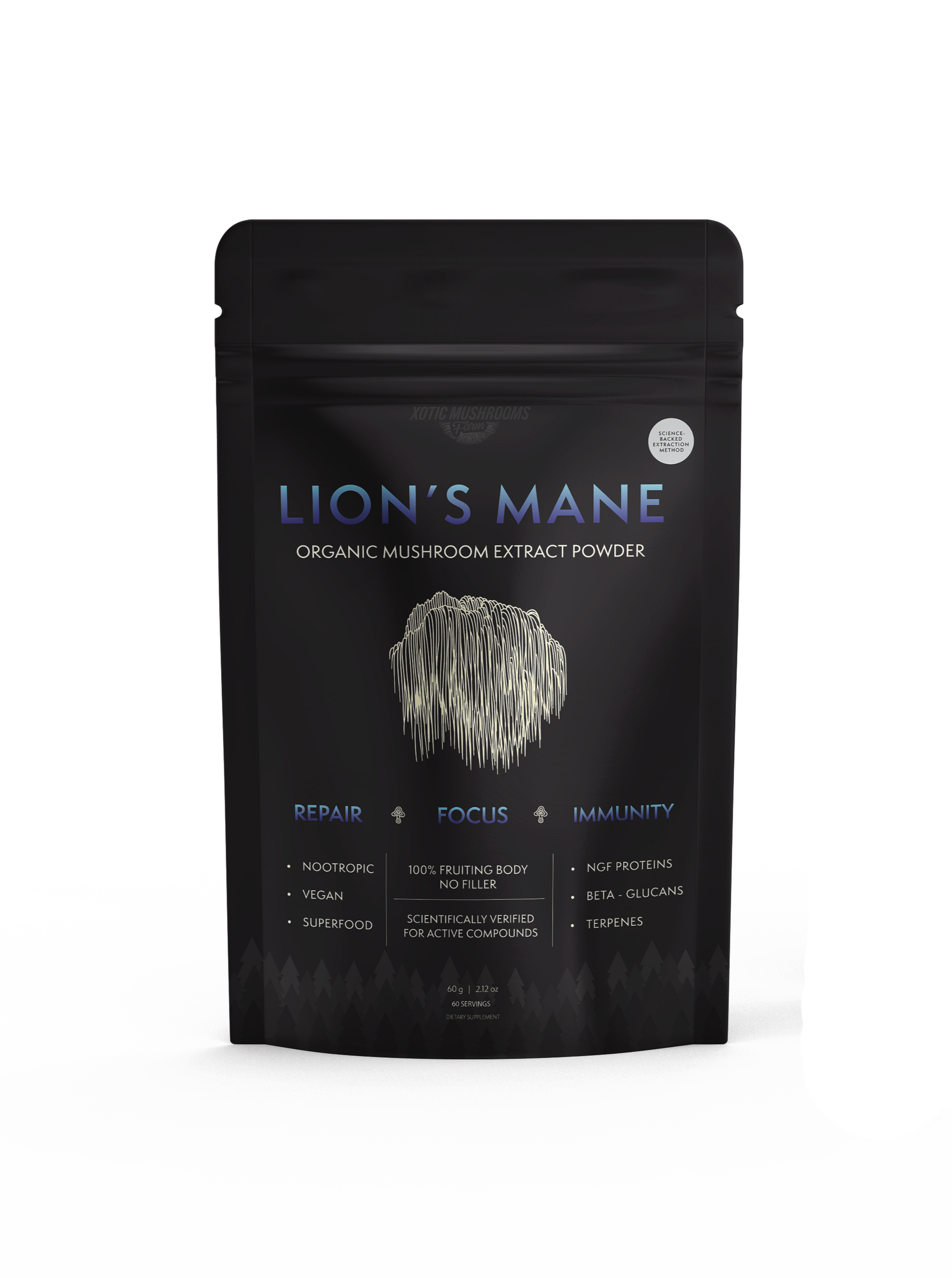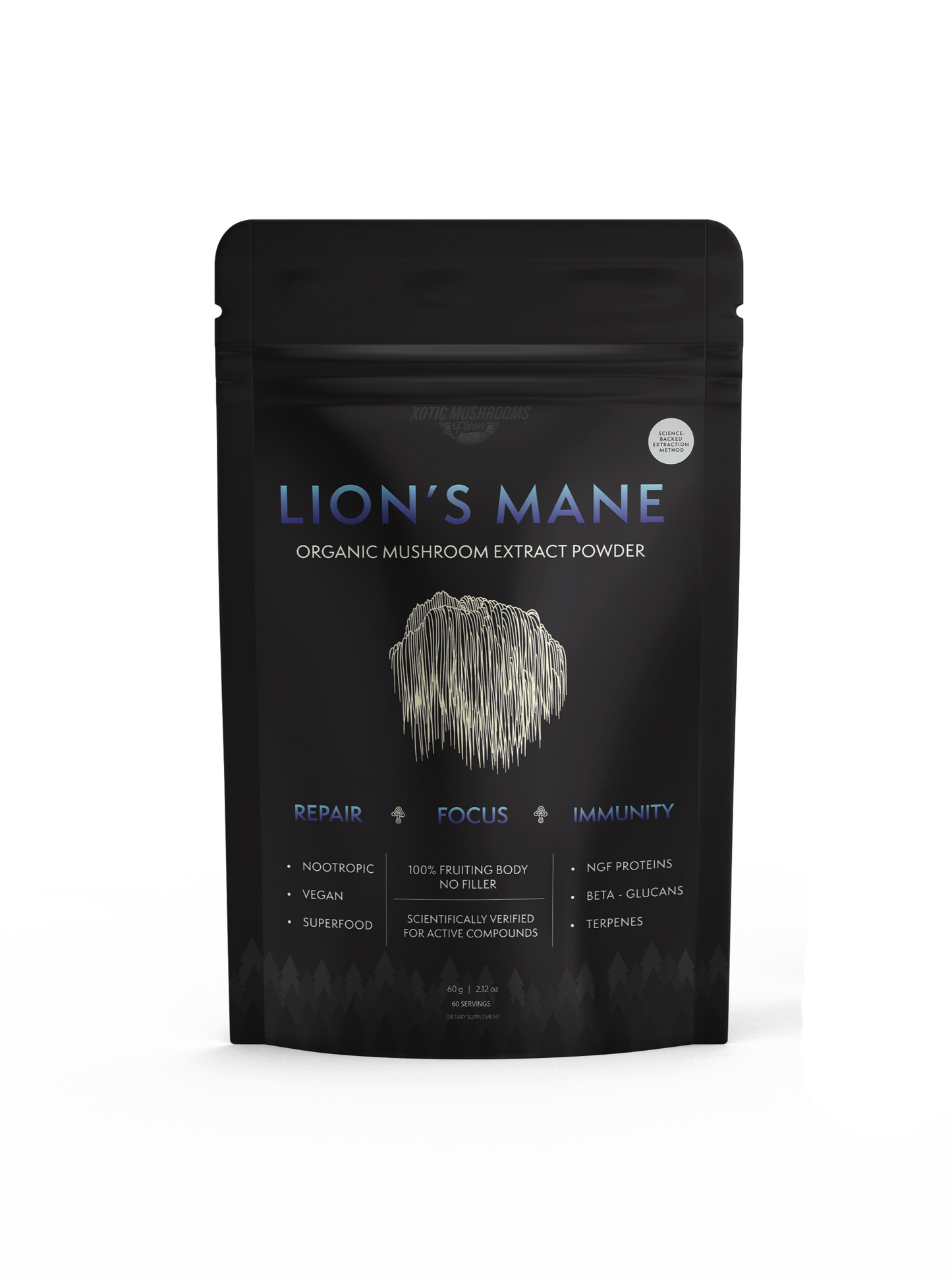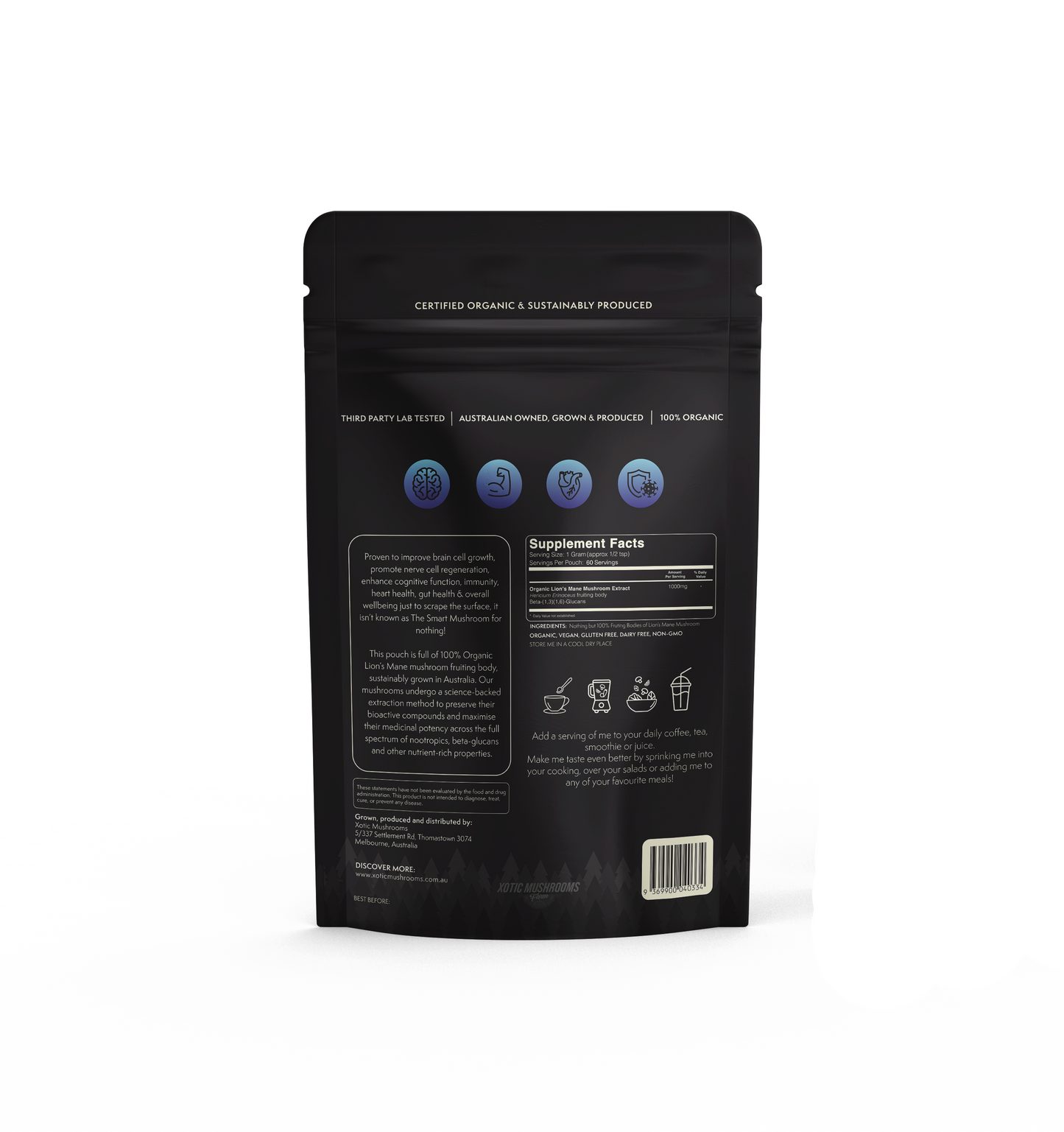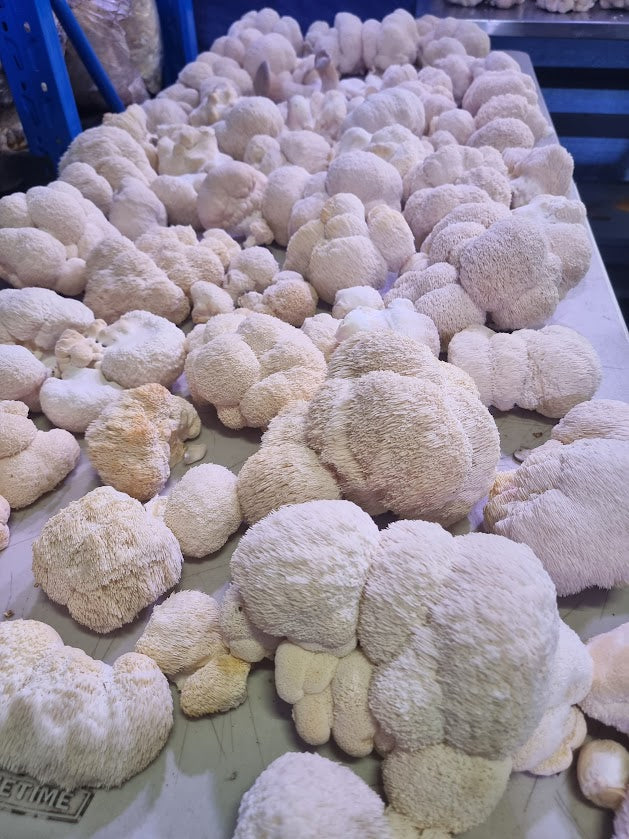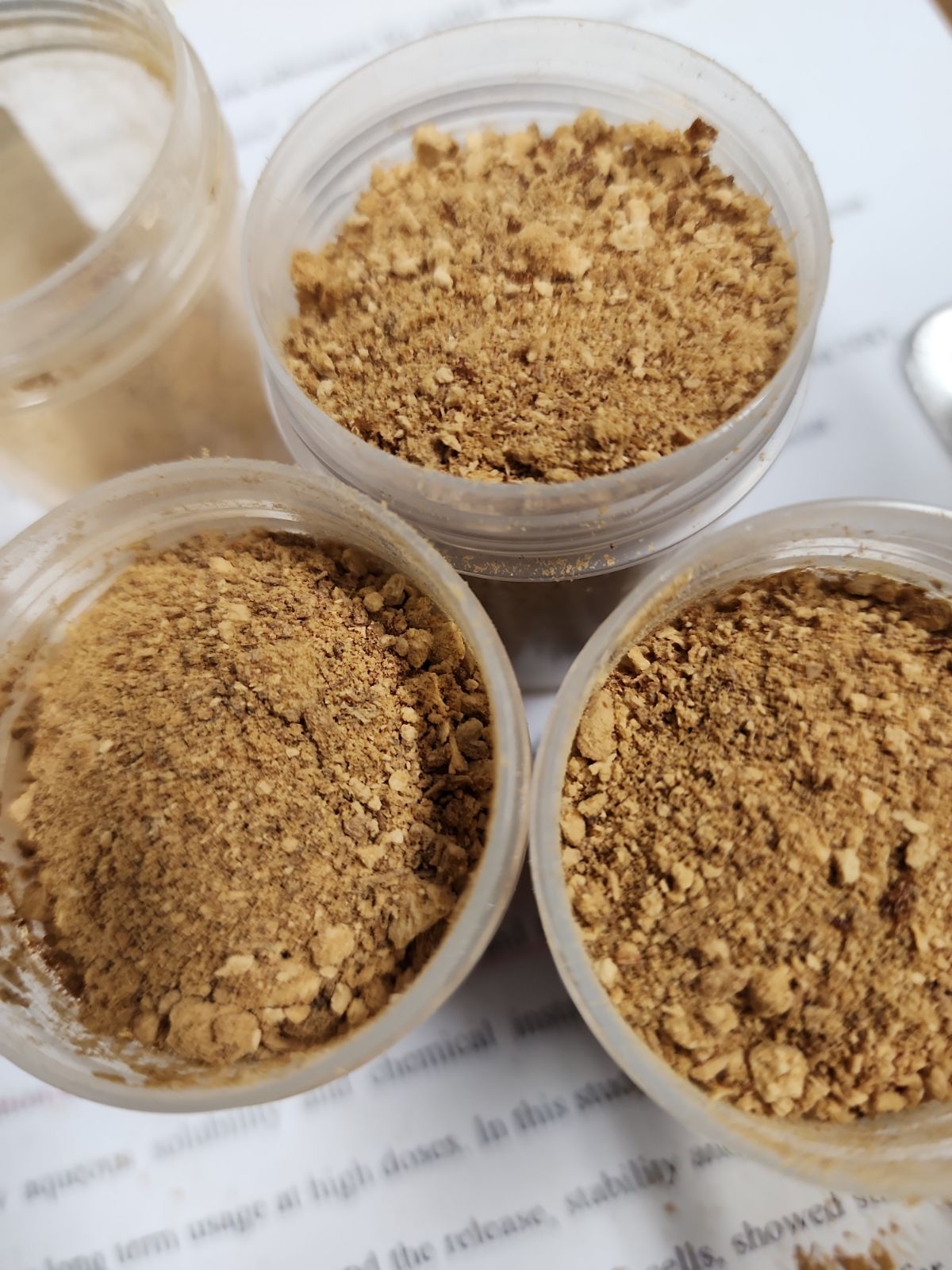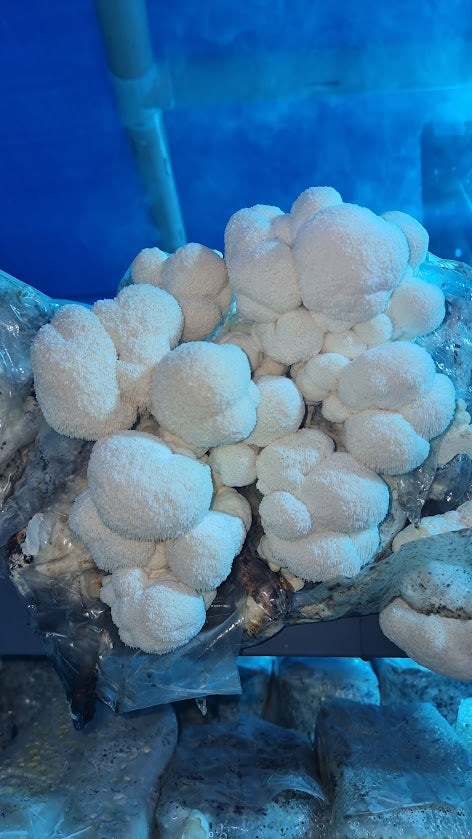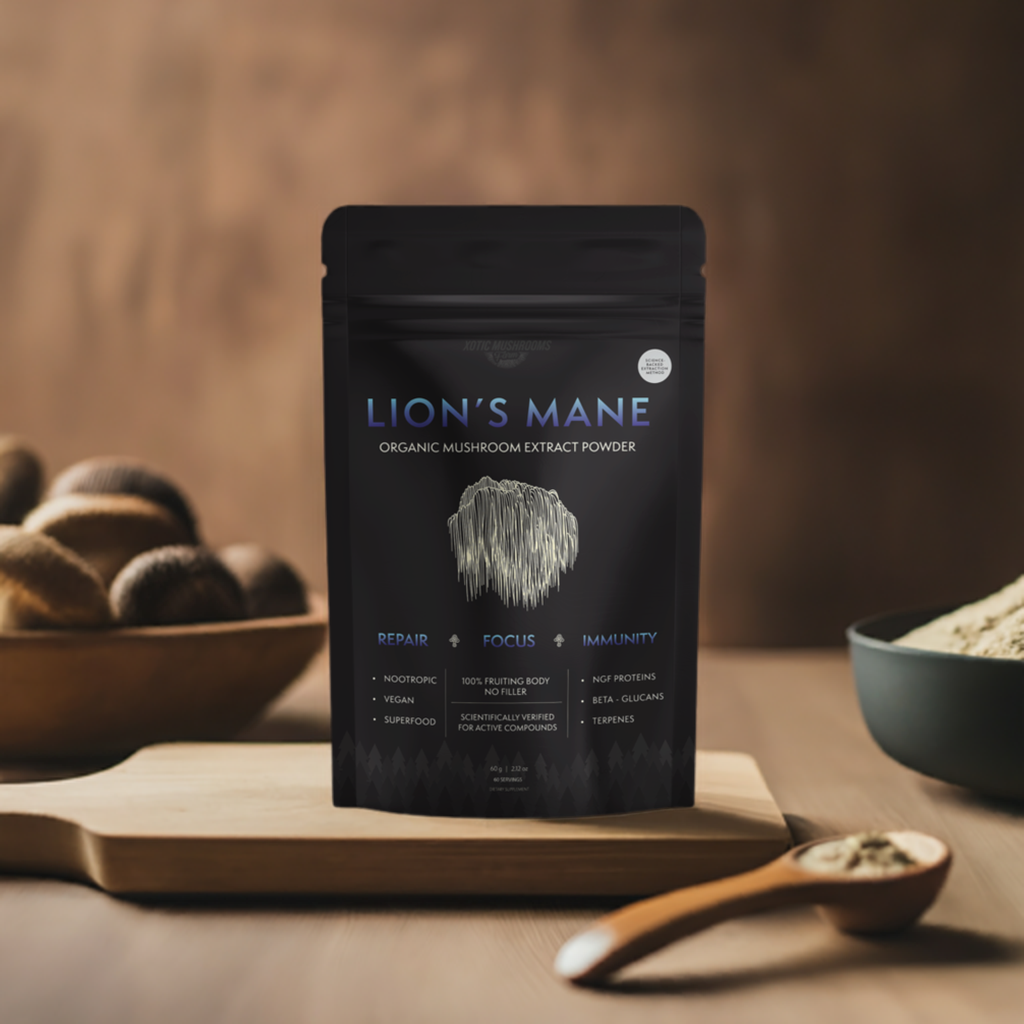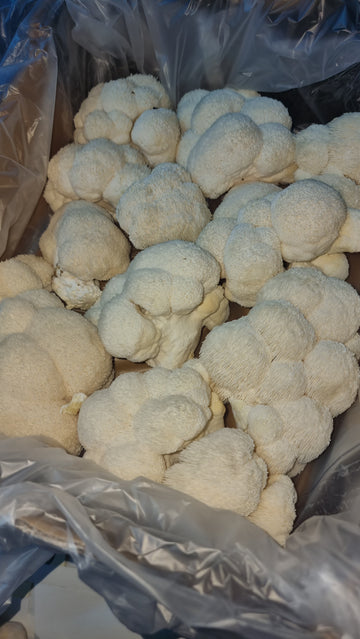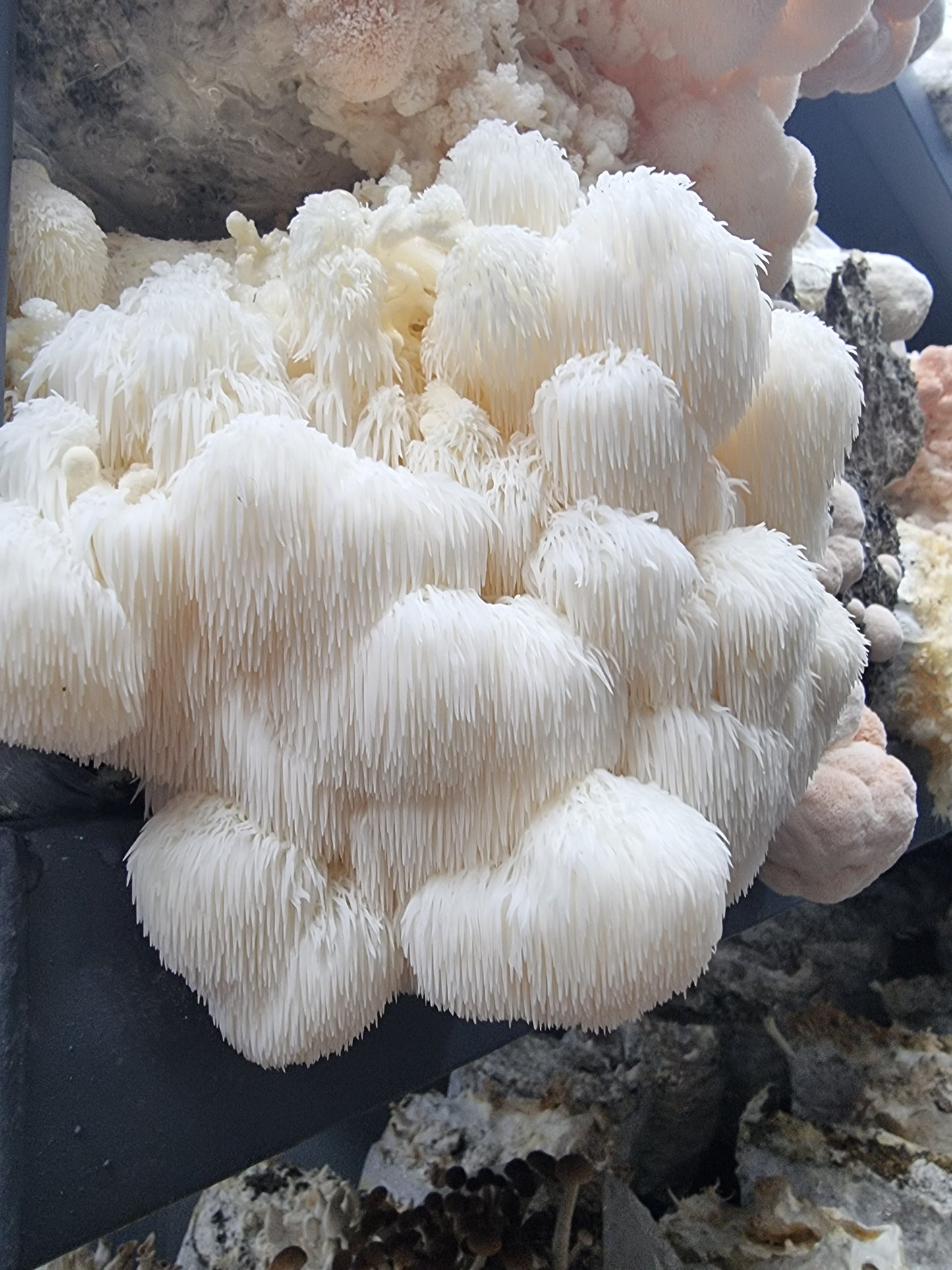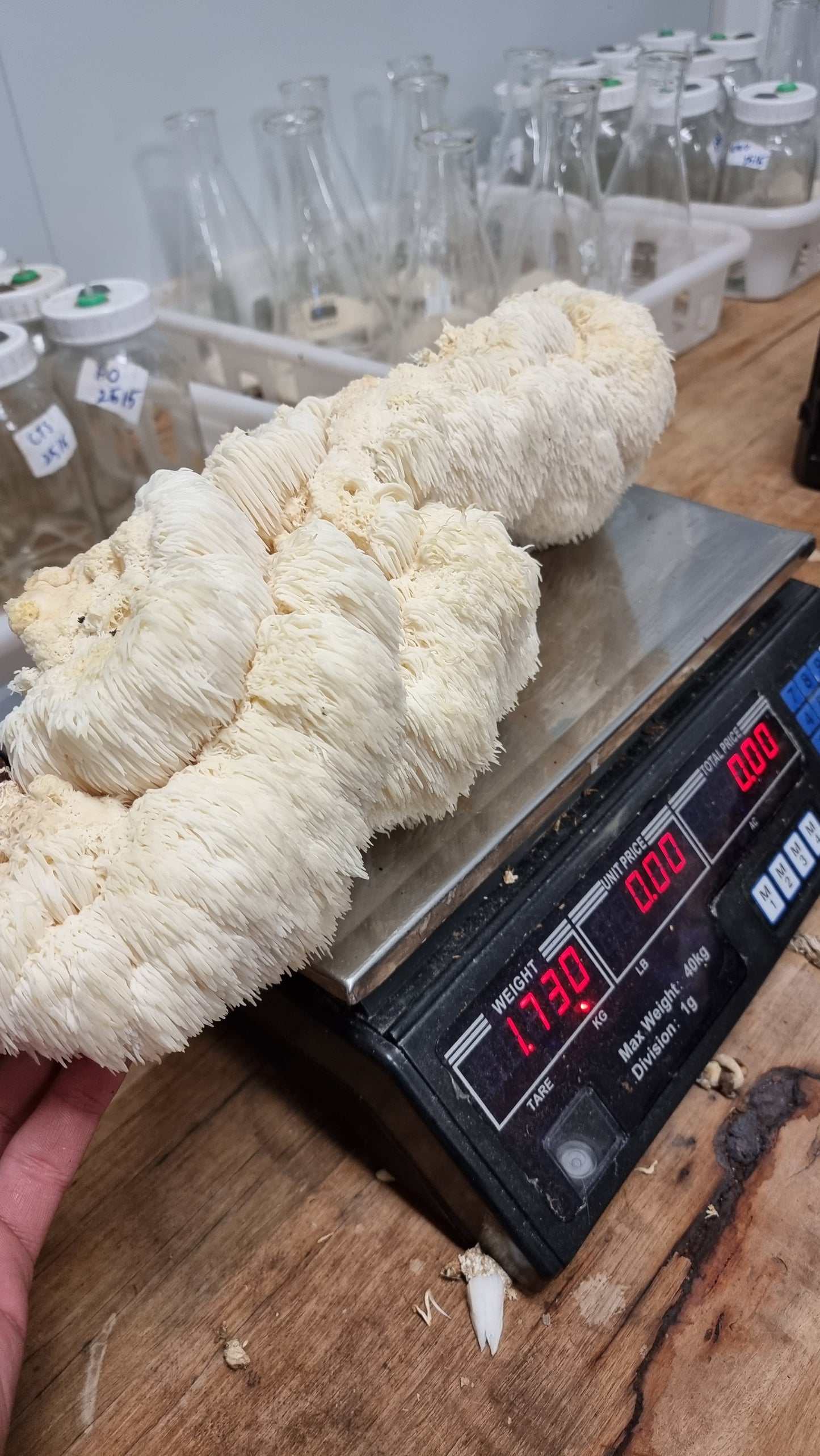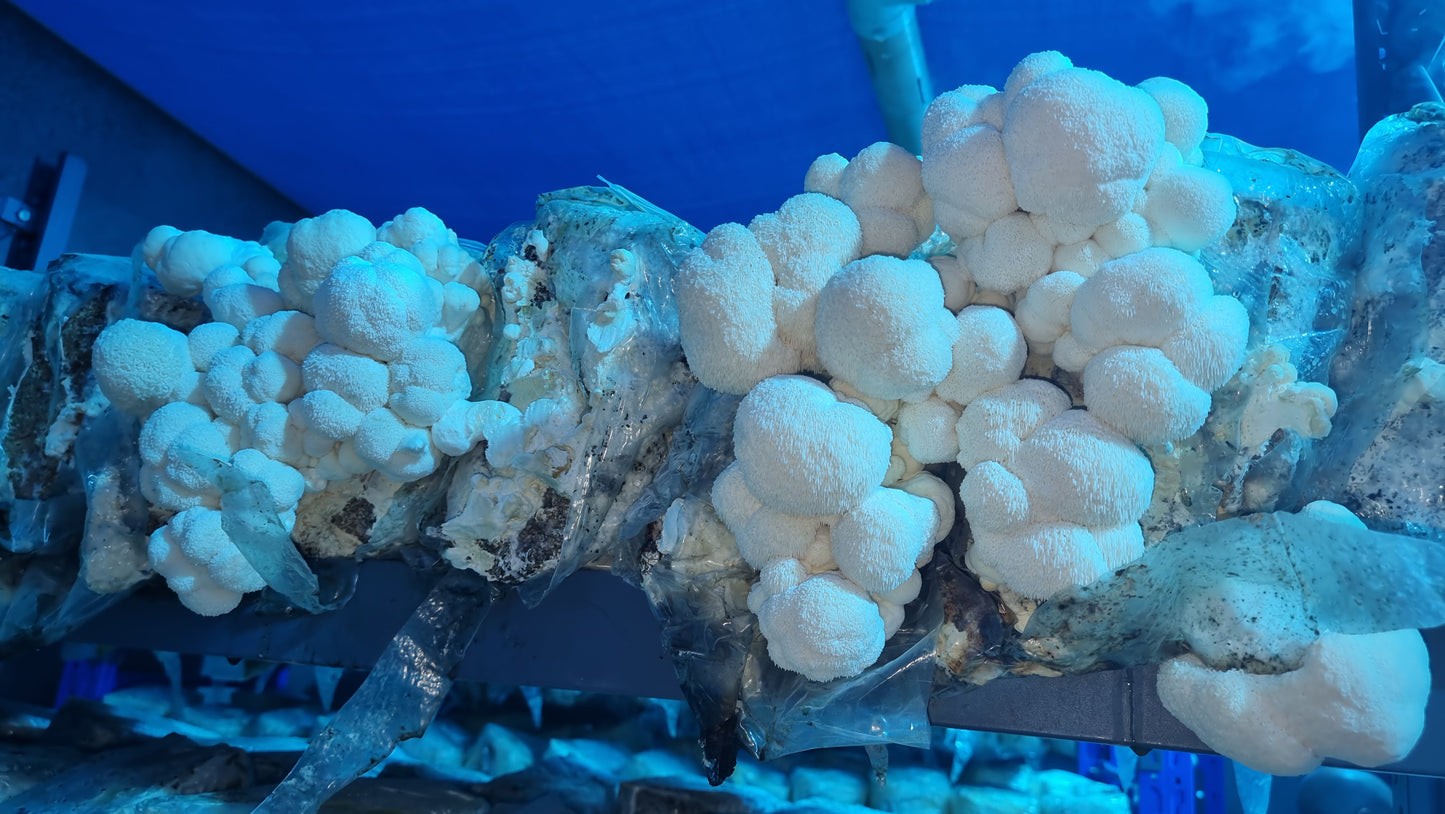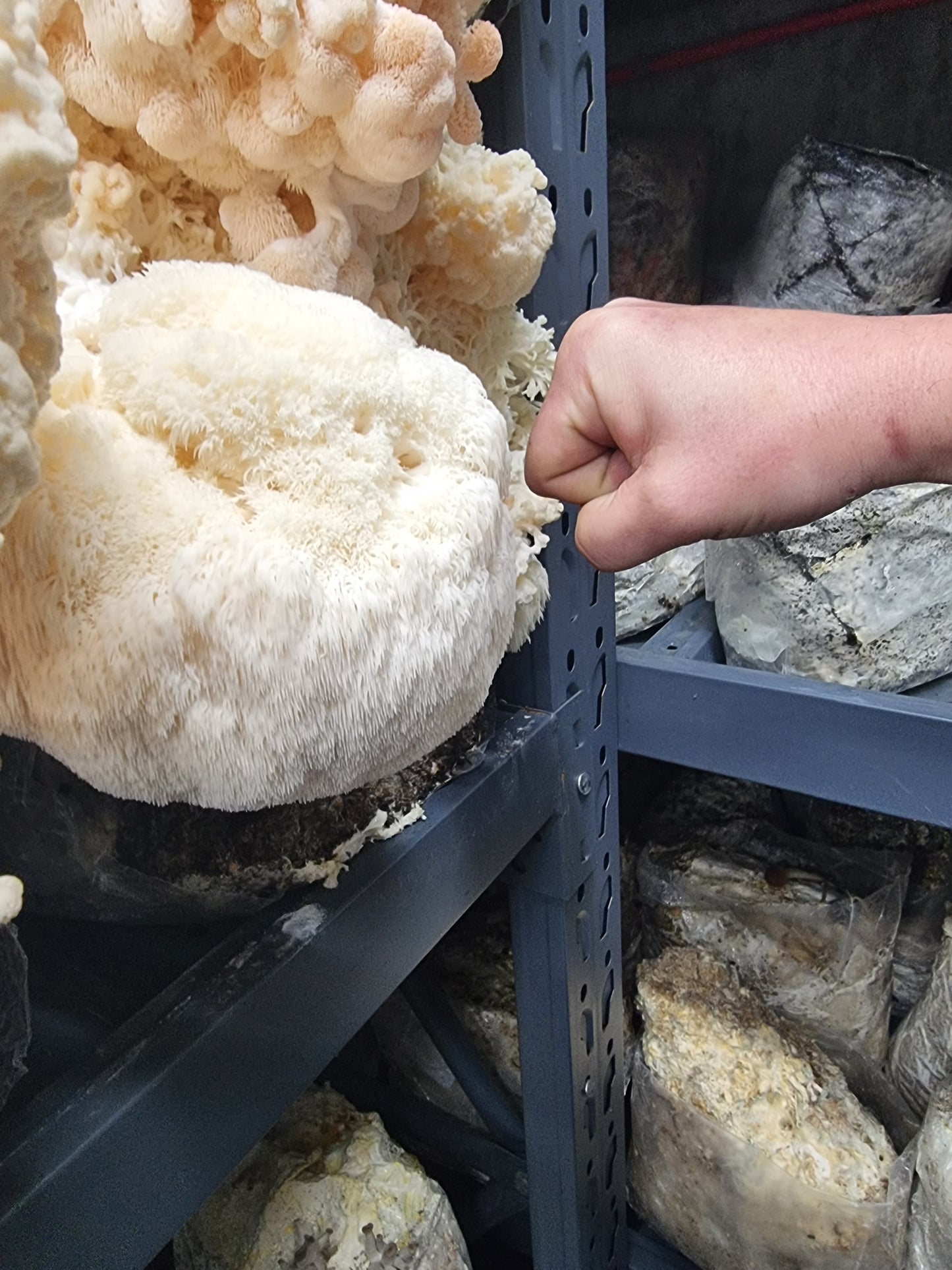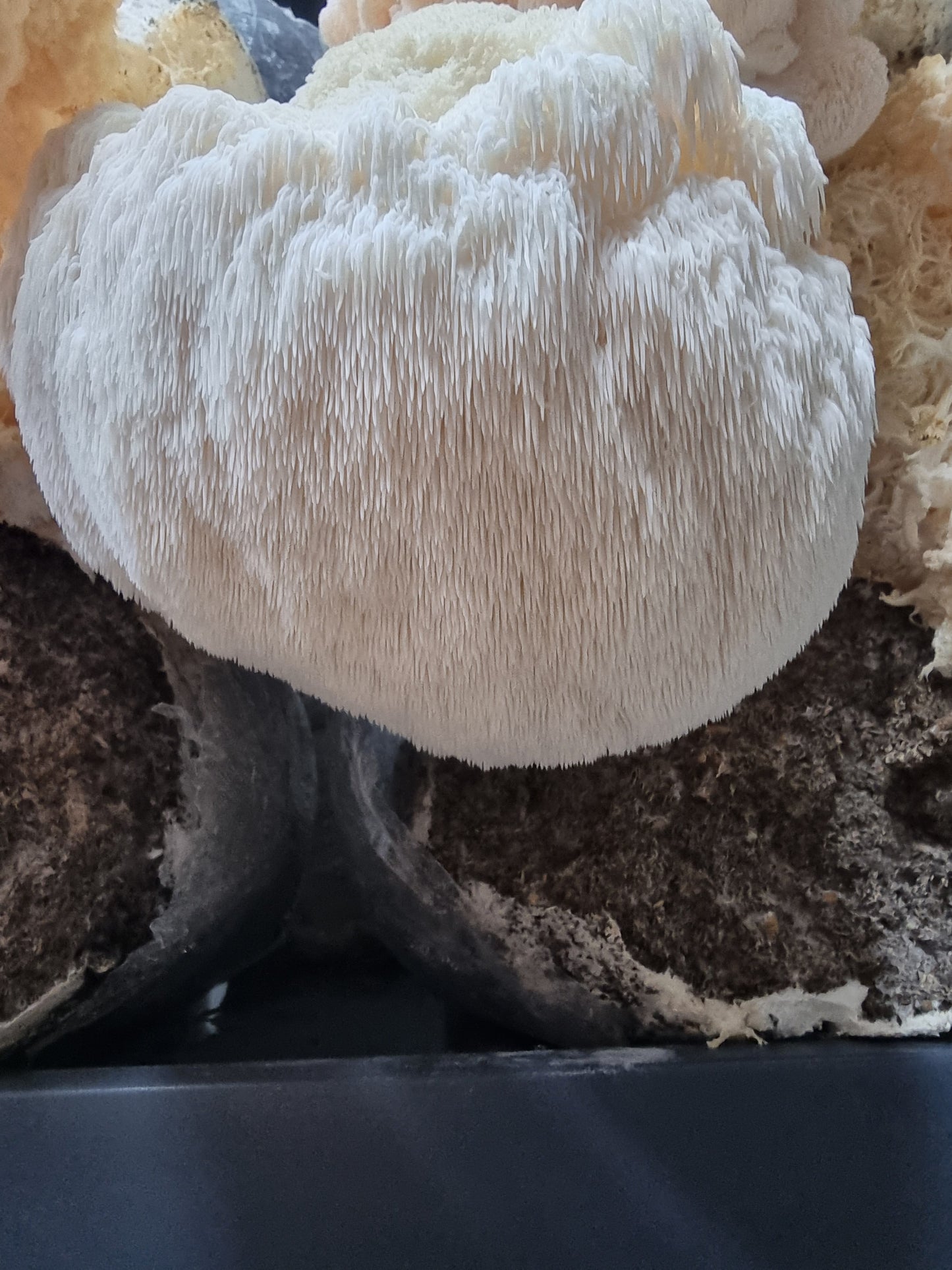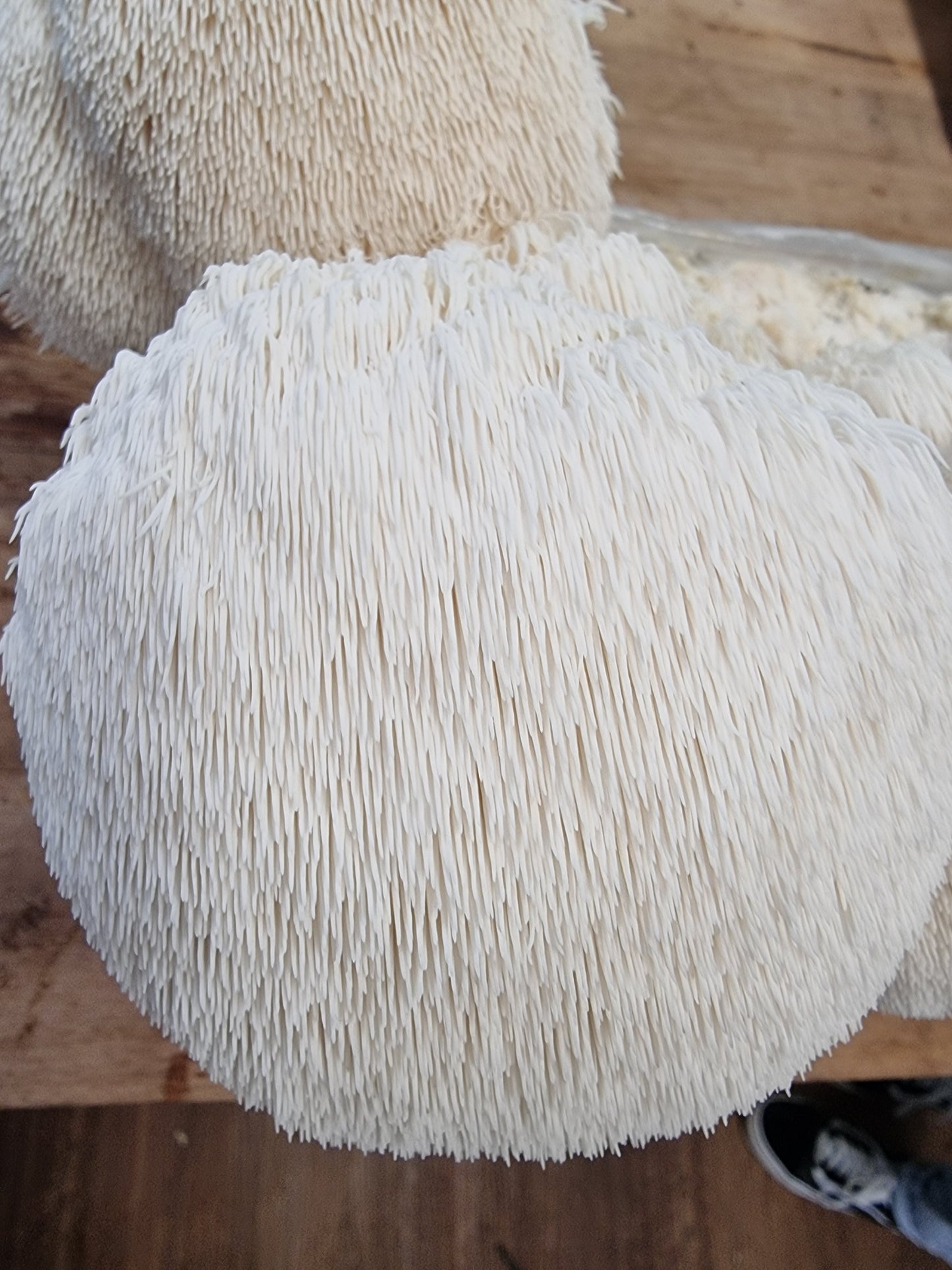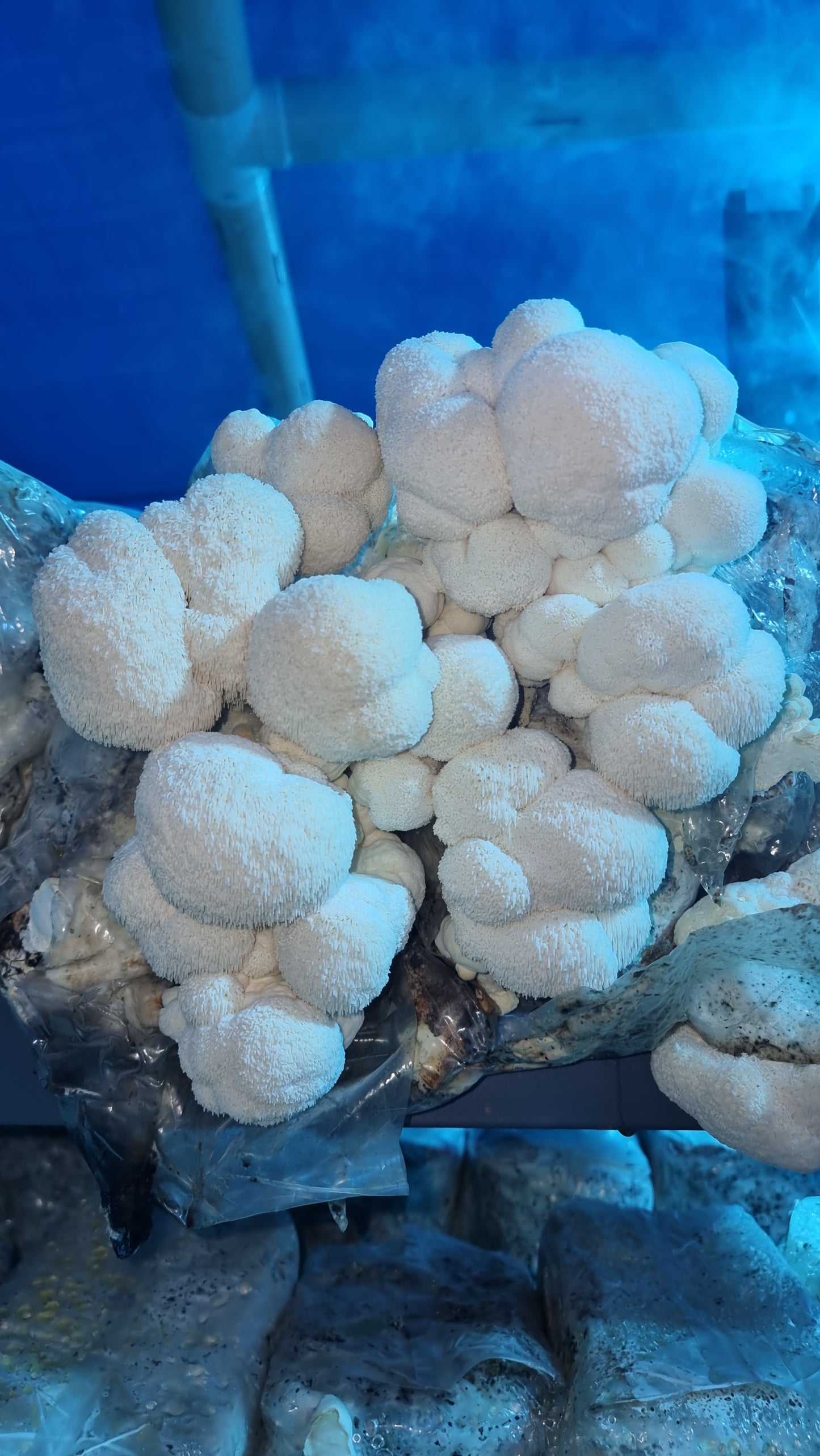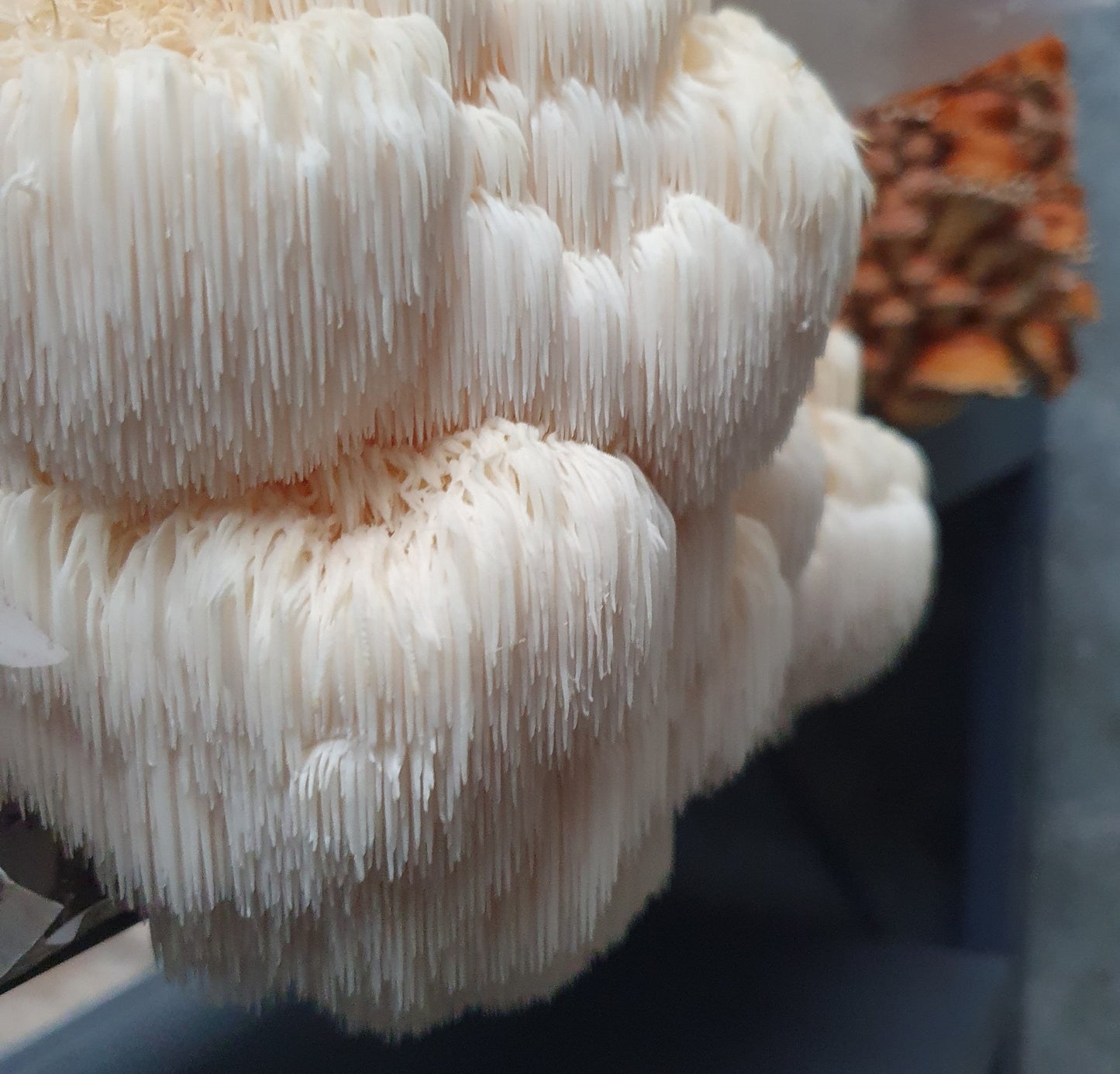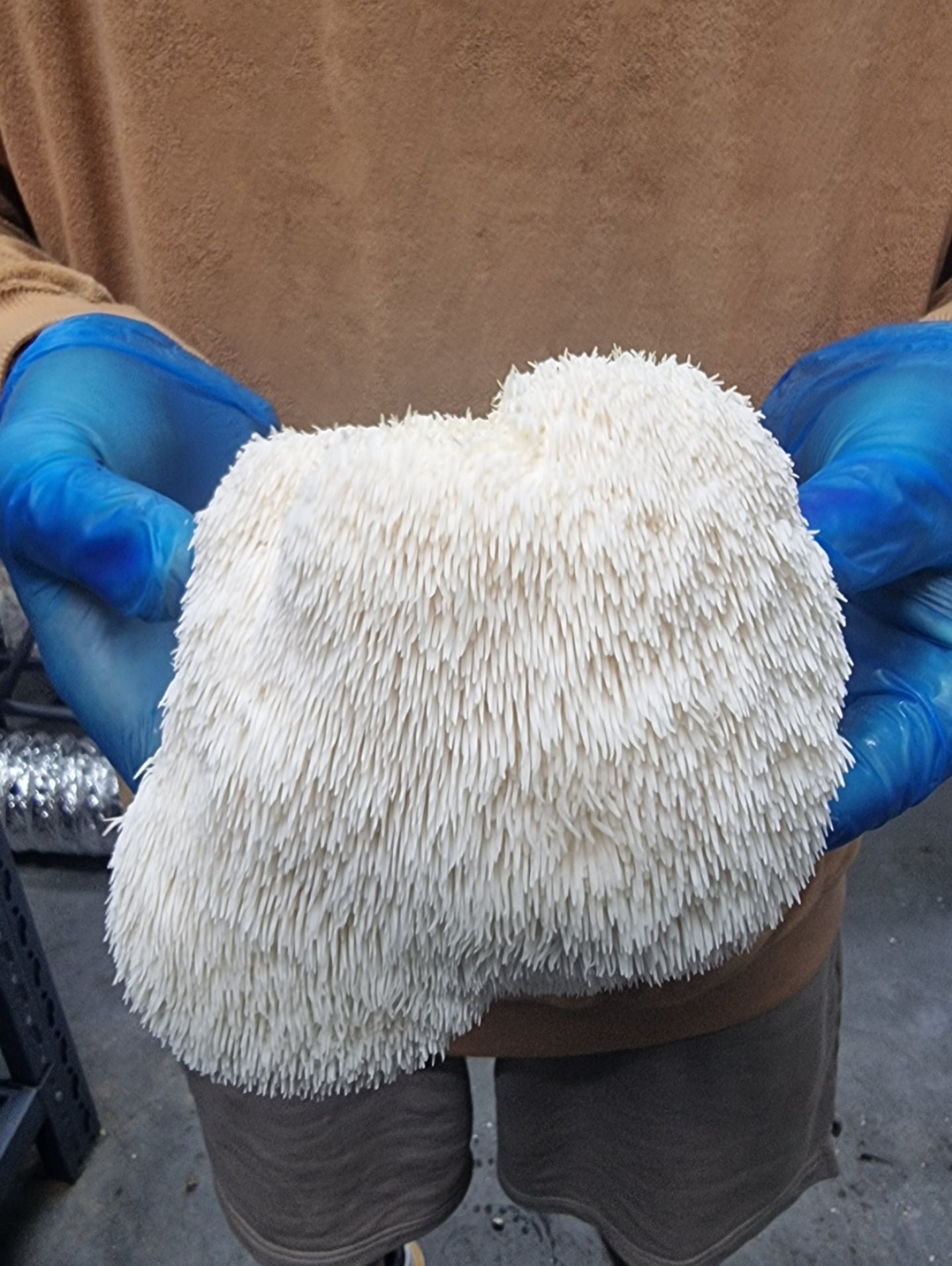Mushrooms, with their earthy allure and myriad health benefits, often find a coveted spot in our culinary adventures.
While these fungal delights are a staple in many cooked dishes, questions linger about their consumption in their raw form, especially in salads.
As we delve into the world of mushrooms, we'll explore their suitability in uncooked dishes, their nutritional value, and considerations for special groups like pregnant individuals.
Let's unearth the mysteries behind these flavorful fungi.
Can You Eat Mushrooms Raw?
Yes, you can eat certain mushrooms raw, especially those commonly found in grocery stores and markets. Some popular varieties that are often consumed raw include:
White mushrooms (button mushrooms), Cremini mushrooms, Portabella mushrooms, Enoki mushrooms, Oyster mushrooms, Shiitake mushrooms
However, there are important considerations to keep in mind:
- Digestibility: The cell walls of mushrooms are made of a tough substance called chitin. While humans can break down chitin to some extent, it's not very efficient. As a result, raw mushrooms might be harder to digest, and you might not get all their nutritional benefits compared to when they're cooked.
- Potential Toxins: Some mushrooms, like morels and honey mushrooms, should never be eaten raw as they contain toxins that can cause digestive discomfort. These toxins are typically broken down upon cooking.
- Hygiene: Raw mushrooms can carry bacteria or other pathogens. Always clean them thoroughly before consumption.
- Unknown Varieties: It's crucial to know what you're eating. Some mushrooms are toxic, and eating them can be deadly. Never consume wild mushrooms unless you're certain about their identity and safety.
- Taste and Texture: Some people find the taste and texture of raw mushrooms off-putting. Cooking can enhance the flavor and soften the texture.
Always ensure you're consuming mushrooms that are fresh and free from signs of decay. When in doubt, especially with wild mushrooms, it's always safer to cook them or consult an expert.
Can Humans Digest Raw Mushrooms?
Yes, humans can digest raw mushrooms, but not as efficiently as cooked ones.
Here's why:
- Chitin Structure: Mushrooms have cell walls made of a substance called chitin, which is a tough, fibrous compound. It's the same material found in the exoskeletons of crustaceans like crabs and lobsters.
- Limited Digestive Capability: While the human stomach produces an enzyme called chitinase that can break down chitin, its capability is limited. This enzyme's primary role in humans is believed to defend against chitin-based parasites, and it's not potent enough to fully break down the chitin in mushrooms.
- Nutrient Absorption: When mushrooms are consumed raw, the body may not effectively access and absorb all the available nutrients due to the intact chitin structure. Cooking helps break down these cell walls, making it easier to digest and extract beneficial nutrients and compounds from the mushrooms.
While humans can digest raw mushrooms, they are better digested, and their nutrients are more efficiently absorbed when they're cooked. However, if someone enjoys raw mushrooms in salads or other dishes, they are generally safe to eat, especially the varieties available in grocery stores.
Are Mushrooms Healthier Raw or Cooked?
Mushrooms, whether raw or cooked, offer various health benefits. However, the method of preparation can influence their nutritional content and digestibility.
Here's a comparison:
Raw Mushrooms:
- Nutrient Retention: Some vitamins, like vitamin C, might be better retained in raw mushrooms than when they're cooked, as they can be sensitive to heat.
- Digestibility: As mentioned, mushrooms contain chitin in their cell walls, making them harder to digest when raw. As a result, you might not absorb all the nutrients they offer.
- Potential Toxins: Some mushrooms, like morels, contain toxins that can cause stomach upset when eaten raw. Cooking breaks down these toxins.
Cooked Mushrooms:
- Enhanced Digestibility: Cooking breaks down the chitin in mushroom cell walls, making them easier to digest. This process also ensures better absorption of nutrients.
- Release of Compounds: Cooking mushrooms can release beneficial compounds. For instance, cooking increases the antioxidant content in mushrooms.
- Safety: Cooking can neutralize potential toxins in certain mushroom varieties. Additionally, cooking can kill off any harmful bacteria or microorganisms that might be present on the mushroom surface.
- Reduced Agaratine Content: White mushrooms contain a compound called agaratine, which some studies suggest might be carcinogenic. Cooking significantly reduces its content.
- Flavor and Texture: Many people prefer the taste and texture of cooked mushrooms. Cooking can enhance their umami flavor, making them more palatable for many individuals.
- Nutrient Loss: While cooking enhances many aspects of mushrooms, it might lead to the loss of some heat-sensitive nutrients. For instance, boiling mushrooms can leach out some of their nutrients into the water.
While raw mushrooms offer certain benefits, cooking them seems to be more advantageous in terms of digestibility, nutrient absorption, safety, and taste for most mushroom types. If you love mushrooms, it might be best to enjoy them in both raw and cooked forms, depending on the variety, to maximize their health benefits.
Which Mushrooms Can Be Eaten Raw?
Mushrooms are a culinary favorite, gracing dishes with their earthy flavors and diverse textures. While many mushrooms are typically consumed cooked, certain varieties can also be enjoyed raw.
Let's delve into some of these raw-friendly mushrooms:
1. Shiitake Mushrooms

Shiitake mushrooms are native to East Asia and are known for their rich, umami flavor. They have a medium to large-sized cap that ranges from tan to dark brown.
When fresh, shiitake mushrooms have a slightly chewy texture and a distinct flavor that can be described as a blend of garlic and pepper. This bold flavor profile makes them a unique addition to salads and cold dishes.
Reasons for Raw Suitability:
- Taste: Their robust flavor stands out, even without the enhancement of cooking.
- Texture: Fresh shiitake mushrooms have a texture that's pleasant when raw.
- Safety: Shiitakes do not have any known harmful toxins that require cooking to neutralize.
2. Oyster Mushrooms

Oyster mushrooms have a delicate, fan-like shape and come in colors ranging from soft beige to gray. They're named for their resemblance to oysters and are popular in many cuisines.
These mushrooms have a slightly spongy texture when raw. Their flavor can be described as mild with a hint of sweetness, and sometimes a faint metallic aftertaste.
Reasons for Raw Suitability:
- Mild Flavor: Their gentle taste can complement various raw dishes without overpowering them.
- Safety: Like shiitakes, oyster mushrooms don't contain toxins that require cooking to break down. However, always ensure they are fresh, as older oyster mushrooms can develop a slimy texture.
3. White Mushrooms
White mushrooms, often called button mushrooms, are the most commonly consumed mushrooms worldwide. They have a round, white, and smooth cap with a mild flavor.
Due to their mild taste, white mushrooms are frequently used in salads, sandwiches, and other cold dishes. They can be eaten whole, sliced, or chopped.
Reasons for Raw Suitability:
- Versatility: Their neutral flavor and crisp texture make them an adaptable ingredient for various raw dishes.
- Safety Concerns: While raw white mushrooms are generally safe, they contain a compound called agaratine, which some research suggests might be a potential carcinogen. However, the levels in store-bought, refrigerated mushrooms are typically reduced. Cooking further diminishes this compound, but if you're consuming them in moderation and they've been stored in the refrigerator, the risks are minimal.
While these mushrooms can be eaten raw, always ensure they are fresh and sourced from reputable suppliers like Xotic Mushrooms Melbourne to avoid any potential contaminants. It's also essential to clean them thoroughly before consumption.
Mushrooms That Shouldn’t Be Eaten Raw
While many mushrooms can be a delightful addition to dishes, there are specific types that you should think twice about before consuming raw.
Here's why:
1. Poisonous Mushrooms
A category unto itself, poisonous mushrooms encompass various species that can be harmful or fatal when ingested.
Reasons They Can't Be Eaten Raw:
- Toxic Compounds: Many poisonous mushrooms contain toxins that can lead to severe gastrointestinal problems, organ failure, or even death.
- Identification Issues: It's often challenging to distinguish between a poisonous mushroom and its non-toxic counterpart, especially for untrained eyes.
- No Cooking Safety: Even cooking these mushrooms won't neutralize their toxic compounds.
2. Reishi mushrooms
Reishi mushrooms, also known as "Lingzhi," are hard, woody fungi primarily known for their medicinal properties.
Reasons They Can't Be Eaten Raw:
- Woody Texture: They are too tough and woody to be consumed raw, making them almost impossible to chew and digest.
- Optimal Benefits When Processed: To access their medicinal properties, reishi mushrooms are typically dried and ground into a powder or used to make teas and tinctures.
3. Morels
Morels are easily recognizable with their honeycomb appearance and are considered a gourmet delicacy when cooked.
Reasons They Can't Be Eaten Raw:
- Hydrazine Toxins: Raw morels contain hydrazine toxins, which can cause nausea, vomiting, and abdominal pain.
- Cooking Requirement: Cooking thoroughly breaks down these harmful compounds, rendering them safe to eat.
4. Porcini
Porcini mushrooms have a distinct, meaty flavor and are a favorite in many Italian dishes. They have a broad, brown cap and a stout stem.
Reasons They Can't Be Eaten Raw:
- Digestibility: Their flesh is quite dense, which can make them harder to digest when raw.
- Optimal Flavor When Cooked: The earthy, nutty flavor of porcini mushrooms is enhanced with cooking, making them much more palatable.
- Potential Contaminants: Wild porcini can sometimes be a host to small bugs or larvae, which are eliminated during the cooking process.
Is It Okay To Eat Raw Mushrooms in Salad?
Yes, many people enjoy raw mushrooms in their salads, especially the commonly found varieties in grocery stores such as white mushrooms, cremini, and portabellas. They add a delightful earthy flavor and a unique texture to salads.
However, it's essential to ensure they are fresh, thoroughly cleaned to remove any dirt or potential contaminants, and sourced from reputable suppliers.
If you're concerned about specific varieties like white mushrooms, due to their agaratine content, you can opt for alternatives like oyster or shiitake mushrooms. And for a twist, you can also consider adding pickled or marinated mushrooms to your salads!
Are Mushrooms Good for You?
Absolutely! Mushrooms are packed with nutritional benefits. Here are a few reasons why they're a stellar addition to your diet:
- Rich in Nutrients: They are a good source of vitamins and minerals, including potassium, riboflavin, niacin, and vitamin D.
- Low in Calories: They're a low-calorie food option, making them great for those watching their weight.
- Antioxidants: Mushrooms are rich in antioxidants, which help fight free radicals in the body.
- Brain Health: Studies, including one from Harvard, have indicated that regular consumption of mushrooms might have protective effects on the brain as we age.
- Feel Fuller: They can help with satiety, making you feel full with fewer calories.
However, as with any food, it's crucial to consume mushrooms in moderation and ensure they are properly cleaned and prepared.
Can You Eat Raw Mushrooms When Pregnant?
While mushrooms offer numerous health benefits, pregnant individuals should exercise caution. Raw mushrooms might harbor bacteria or other pathogens, and during pregnancy, the immune system undergoes changes that might make one more susceptible to infections.
Considering this, and the fact that some mushrooms can contain low levels of toxins or contaminants, it's advisable for pregnant individuals to avoid raw mushrooms.
If you're craving mushrooms during pregnancy, cooking them thoroughly is a safer choice. As always, it's essential to consult with a healthcare provider about dietary choices during pregnancy.
Conclusion
Navigating the versatile realm of mushrooms has brought us a deeper understanding of their benefits and precautions.
Whether you're savoring them in a salad or pondering their place in your pregnancy diet, it's clear that mushrooms offer a wealth of nutritional goodness. Yet, it's always essential to approach them with knowledge and care.
Remember, in the world of food, being informed is the key to enjoying every bite to its fullest.
